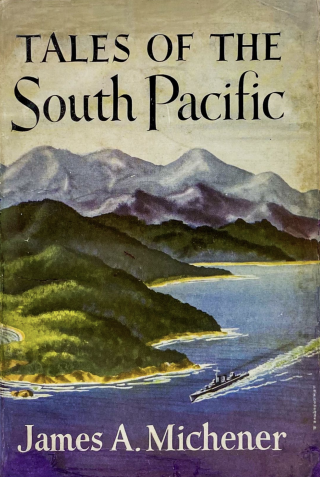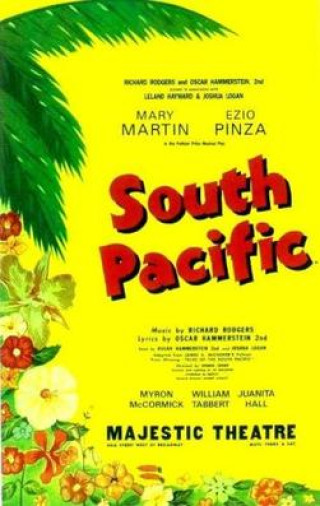While Michener, and then Rodgers and Hammerstein, were creating the dream destination of a generation of Americans, the people of the South Pacific were suffering monstrous indignities at the hands of the U.S. government. In February 1946, at the same time as Michener was pounding out his “Tales” on his typewriter, the Indigenous population of Espiritu Santo, where he had been stationed, were reeling from the dumping of millions of dollars’ worth of war equipment in the sea close to the town of Luganville. The U.S. government owed the people of the Vanuatu archipelago a debt. The naval base of Espiritu Santo was crucial to U.S. success and the Allied victory in the Pacific. Vanuatu resupplied and repaired the U.S. fleet. Tipping its excess naval supplies into the sea was as much an act of vandalism as it was a betrayal of the people of Vanuatu.
To comprehend the enormity of this U.S. treachery, it is important to understand exactly how central Vanuatu was to the Pacific campaigns. After the bombing of Pearl Harbor on Dec. 7, 1941, the naval base on Espiritu Santo became the largest base in the region, only overtaken in size by the one at the Ulithi Atoll in the last 18 months of the war.
The base at Luganville was enormous, hosting the U.S. Army, Army Air Corps, Coast Guard and Marine Corps. By the end of the war, over 500,000 American service members had lived or passed through the base. Of enormous strategic importance, Espiritu Santo and its archipelago had provided vital supplies of food, fuel, arms, ammunition and dry docks to restore damaged ships and equipment. The three auxiliary floating dry docks could handle the repair of the fleet’s biggest ships. Without a base of this size and capacity, the fleet would have had to return for repair and resupply to Pearl Harbor, Brisbane or Sydney.
The first U.S. airstrip on Espiritu Santo was built by Seabees in 1942 to facilitate bombers and their attack against the Japanese on Guadalcanal. Two more airstrips were constructed to accommodate bombers, followed by an airfield at Turtle Bay to service fighter planes. The runways were made of crushed coral dredged from the sea and the airfields’ buildings from coconut logs. Espiritu Santo also became the base for a fleet of seaplanes that became increasingly essential, carrying communiques, personnel and supplies between the islands. Seaplanes required ramps and hangars. Airstrips and plants built to facilitate Allied aviation were constructed at considerable cost to the local environment.

